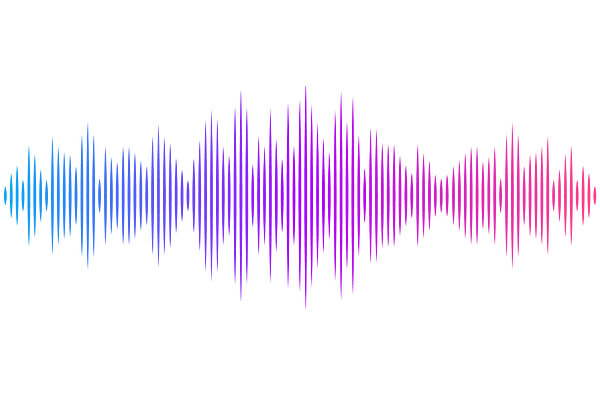Wonderings on Wiggly Bispectra: Non-linear Evolution and Reconstruction of Oscillations in the Squeezed Bispectrum

Wonderings on Wiggly Bispectra: Non-linear Evolution and Reconstruction of Oscillations in the Squeezed Bispectrum
Samuel Goldstein, Oliver H. E. Philcox, Emanuele Fondi, William R. Coulton
AbstractOscillations in the primordial bispectrum are sourced by a range of inflationary phenomena, including features in the inflaton potential and interactions with massive fields through the Cosmological Collider scenario. These signatures offer a powerful window into early-universe physics. In this work, we study how oscillations of the form $\lim_{q\ll k}B(q,k)\propto \cos(\mu \ln(q/k))$ impact the non-linear squeezed matter bispectrum. Using a suite of $N$-body simulations with non-Gaussian initial conditions, we show that non-linear evolution significantly damps these oscillations, effectively erasing the signal on scales $k \gtrsim 0.3~h/{\rm Mpc}$ at redshift $z=0$. This damping is well-described by the Zel'dovich approximation and can be modeled deep into the non-linear regime using non-perturbative separate universe simulations. Promisingly, we show that reconstruction techniques developed for baryon acoustic oscillation (BAO) analyses can largely undo this damping, improving constraints on the amplitude (phase) of oscillations in the primordial squeezed bispectrum by up to a factor of five (four) at $z=0$. We also discuss several challenges with modeling the non-linear evolution of the squeezed bispectrum in the Cosmological Collider scenario, where the bispectrum is suppressed by a factor of $(q/k)^{3/2}$ relative to the template studied here. Our findings pave the way for future searches for oscillatory bispectra using large-scale structure data.